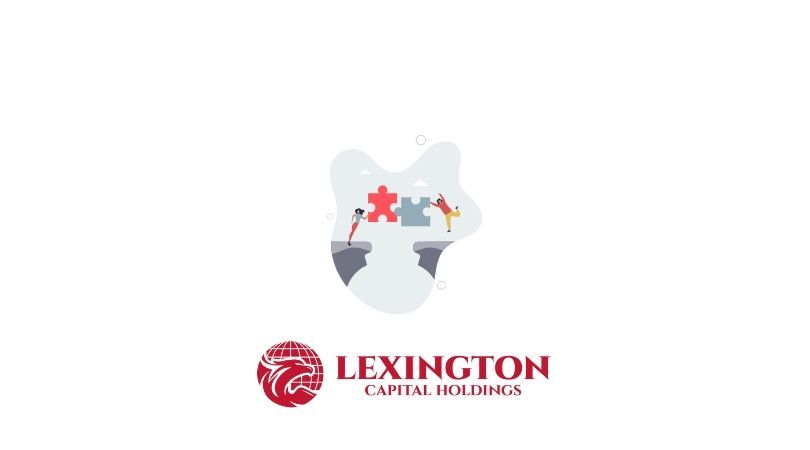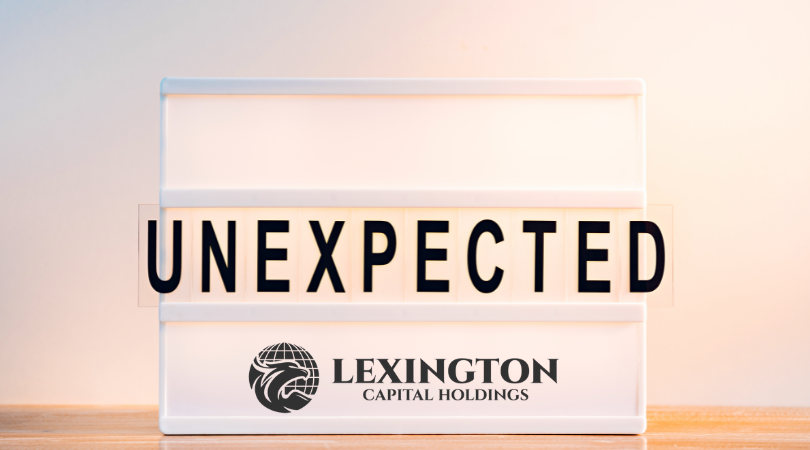Funding vs. Bootstrapping: When to Seek Capital and When to Grow Organically
Funding vs. Bootstrapping: When to Seek Capital and When to Grow Organically
Every business owner faces a crucial decision when starting or scaling a company: should they fund their growth organically through bootstrapping or seek external capital? Both strategies have their advantages and challenges, and the right choice depends on factors like business goals, industry, and financial stability.
Understanding the trade-offs between bootstrapping and external funding can help business owners make informed decisions that align with their vision for long-term success.
1. What Is Bootstrapping?
Bootstrapping means growing a business using personal savings, reinvesting revenue, or leveraging existing resources instead of seeking outside capital. Entrepreneurs who bootstrap prioritize financial independence and control over their business.
Pros of Bootstrapping:
- Full Ownership & Control: No outside investors or lenders dictating business decisions.
- No Debt or Equity Dilution: No need to repay loans or give up a stake in the company.
- Sustainable Growth: Forces businesses to grow at a manageable pace without financial overextension.
- Greater Flexibility: Business owners can pivot without pressure from external stakeholders.
Cons of Bootstrapping:
- Limited Resources: Growth may be slower due to restricted capital.
- Higher Personal Risk: Entrepreneurs bear the full financial burden if the business struggles.
- Missed Opportunities: Without external funding, businesses may struggle to scale quickly or invest in high-impact initiatives.
- Cash Flow Challenges: Managing operational expenses without additional capital can be difficult, especially in unpredictable markets.
2. What Is External Funding?
External funding involves securing capital through business loans, investors, venture capital, or other financing options to accelerate growth. Businesses often seek funding when they need significant capital for expansion, product development, or marketing.
Pros of External Funding:
- Faster Growth: Access to capital enables businesses to scale quickly, hire employees, and expand operations.
- Less Personal Financial Risk: Instead of using personal savings, businesses can leverage outside capital.
- Opportunity for Strategic Partnerships: Investors and lenders often bring valuable expertise and connections.
- Increased Competitive Edge: With more capital, businesses can invest in technology, marketing, and infrastructure to gain a market advantage.
Cons of External Funding:
- Loss of Ownership (With Investors): Equity financing requires giving up a percentage of the business.
- Debt Obligations (With Loans): Loans require repayment, sometimes with high interest, which can strain cash flow.
- Pressure to Deliver Results: Investors and lenders expect a return on investment, adding pressure to achieve rapid growth and profitability.
- Complex Approval Process: Obtaining funding may require extensive paperwork, financial history, and creditworthiness assessments.
3. When Should a Business Bootstrap?
Bootstrapping is ideal for businesses that:
- Have low startup costs and can generate revenue quickly.
- Operate in an industry where slow, steady growth is feasible.
- Want to maintain full ownership and decision-making control.
- Have access to personal savings or alternative non-traditional funding sources.
- Are still in the early stages of testing their business model and want to prove their concept before taking on external capital.
4. When Should a Business Seek Funding?
External funding is the right choice when:
- The business has a proven concept and strong demand but needs capital to scale.
- There is a need for substantial investments in equipment, technology, or marketing.
- The business is experiencing rapid growth and requires additional resources to meet demand.
- Cash flow is limited, and a line of credit or loan can provide financial flexibility.
- The company operates in a highly competitive industry where speed to market is essential.
5. Finding the Right Balance
Some businesses adopt a hybrid approach, using bootstrapping in the early stages and then seeking funding once they have a clear growth trajectory. This method allows entrepreneurs to retain control in the beginning while leveraging external capital when the time is right.
Conclusion
Choosing between bootstrapping and external funding is a strategic decision that depends on business goals, financial health, and growth potential. While bootstrapping offers control and independence, it can slow down expansion. On the other hand, securing funding can accelerate growth but often comes with financial and strategic trade-offs. At Lexington Capital Holdings, we provide flexible financing solutions, including business lines of credit, working capital loans, and equipment financing, to help businesses access the capital they need—without sacrificing control. With strong banking relationships, a streamlined funding process, and tailored financial solutions, we empower businesses to make the right funding decisions at every stage of growth.











